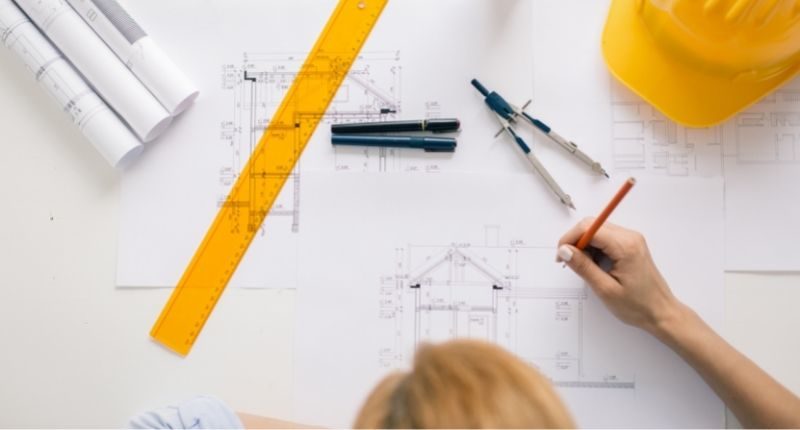- 72% of practices accessed JobKeeper
- Only 7% reduced staff following end of JobKeeper
- 59% expect finances to improve
The Association of Consulting Architects Australia (ACA) started running a survey called “Pulse Check” at the start of the pandemic.
Today, ACA released the fifth pulse check in what is said to be a largely positive mood in the architecture industry.
In the survey, it was found that “the profession showed remarkable collegiality last year,” and activity has dropped off in most sectors.
366 practices were involved in the survey.
What is business like?
Survey respondents said business has dropped off, the only exception being private residential and affordable and/or social housing.
“The biggest drops are in retail, aged care, hospitality. In Pulse Check 4 the biggest drops were in multi-residential and commercial.”
Association of Consulting Architects Australia
“busy-ness does not translate into increased profitability, and that low fees and fee cutting are ongoing threats.”
How did JopKeeper affect practices?
A significant number of practices accessed JobKeeper, 72% of respondents.
In the previous pulse check, ACA found that 22% of practices were expecting negative impacts following the end of JobKeeper and 42% were uncertain.
The fifth and latest pulse check saw results that were somewhat less concerning.
“In this context, it is very heartening to see that only 7% of Pulse Check 5 respondents had to reduce staff following the end of JobKeeper.”
Wellbeing
Staff were reasonably well supported during the toughest days of the pandemic, with “The most popular support given in practices is informal catchups with management and/or team leaders”.
Finance
Some 32% of practices were worse off compared to the start of the pandemic, just under 30% were neutral.
In the longer term, many are optimistic, about 59% expect some improvement in terms of finances.








